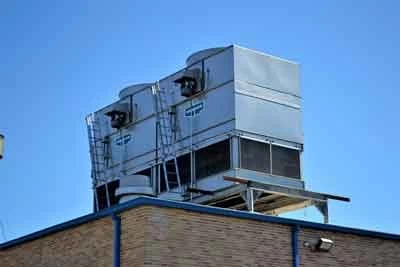Building automation offers powerful tools for streamlining HVAC operations, optimizing efficiency, and improving comfort. However, a significant challenge arises when dealing with legacy systems - older HVAC equipment from various generations that might lack the native compatibility necessary for seamless integration. Confronting this hurdle effectively is key to maximizing the benefits of automation in established buildings.
Understanding the Compatibility Challenge
Proprietary Protocols: Historically, many HVAC manufacturers used closed communication protocols, making their systems reluctant to "talk" to devices or software from other vendors.
Varying Lifecycles: Different components within an HVAC system (chillers, boilers, air handling units, etc.) may have been installed or replaced at different intervals, leading to a mix-and-match environment with no unifying communication standard.
Outdated Control Systems: Older equipment might still rely on basic pneumatic or analog controls, creating a stark contrast with modern digital building automation platforms.
Integration Strategies
The good news is that outdated systems...










